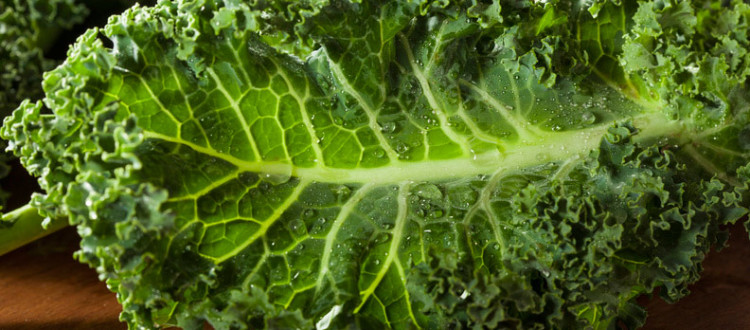Kale
Kale (Brassica oleracea) has enjoyed varying degrees of popularity since the Middle Ages, when it was one of the most common leafy vegetables around. Numerous varieties can be found, ranging from the types we find today at farmers markets to inedible giants that can reach six feet in height.
Kale delivers a significant amount of nutrients and is easy to grow, making it a popular choice for the home garden. Nutritionists and holistic practitioners rave about kale’s impressive list of health benefits. During World War II, the government of the United Kingdom encouraged people to grow and eat kale to help ensure they were receiving proper nutrition during a time when food was being rationed and scarce.Watch movie online The Transporter Refueled (2015)
How to Plant
Similar to other members of the Brassica family, kale loves cool weather and can be planted in the early spring, while frost still threatens, or in late summer as temperatures begin to drop. Cool to cold weather brings out the best in kale, making its leaves sweeter.
A soil pH of 6.5 to 6.8 suits kale just fine and helps prevent against clubroot disease. Plant seedlings about 18 to 24 inches apart, and set just deep enough to cover the roots. Leaves will get very large if given enough room, but smaller leaves taste sweeter. Give the young seedlings a good watering before removing from the tray.
Fertilizing
Prepare the soil before planting with lots of nitrogen rich organic material such as a mature manure compost, cottonseed meal and/or blood meal. If this isn’t possible, fish emulsion is a fine input to encourage a strong start. As always, follow the directions for any fertilizer you use. Once the plant begins to produce leaves suitable for harvesting, (about the size of your hand) apply a vegetable fertilizer as recommended.
Pests:
Aphids, cabbage worms and harlequin bugs are common pests of kale. White flies fluttering around the tops of the plants indicate an infestation of cabbage root maggots.
To guard against these creatures, lay ground cover over the top of your soil before planting kale (or other plants) to keep the white butterflies from laying eggs that produce the maggots.
Aphids can be blasted with a focused spray from the garden hose, and cabbageworms can be picked off by hand. Use insecticidal soap to vanquish many other types of bugs, but use caution! Spray a small area first before treating the entire garden.
Harvesting
Kale is ready for harvest when it’s slightly larger than your hand. Do not pick the terminal leaf (the top leaf). This will encourage continued growth and new leaf production.
Kale can be stored for up to five days in the refrigerator.
Recommendations for Use
- Smaller kale leaves can be eaten raw, while larger leaves require the removal of the large, fibrous central stem running through its center. To remove, fold the leaf in half so that the “rib” is at the edge of the folded leaf. Grab the base of the rib while grasping the leaf and pull straight down. Wash the ribless leaf and pat dry.
- Add kale to soups, or sauté chopped leaves as a side dish.

